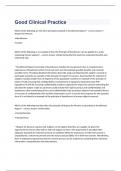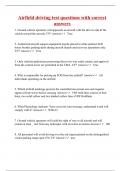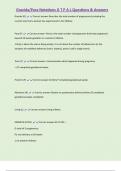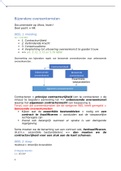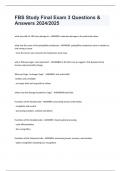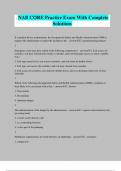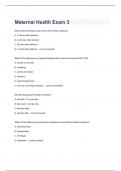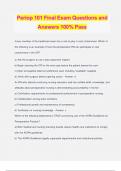Exam (elaborations)
Good Clinical Practice questions & answers graded A+
- Course
- Institution
Good Clinical PracticeWhich of the following are the three principles included in the Belmont Report? - correct answer • Respect for Persons • Beneficence • Justice Which of the following is an example of how the Principle of Beneficence can be applied to a study employing human subject...
[Show more]
